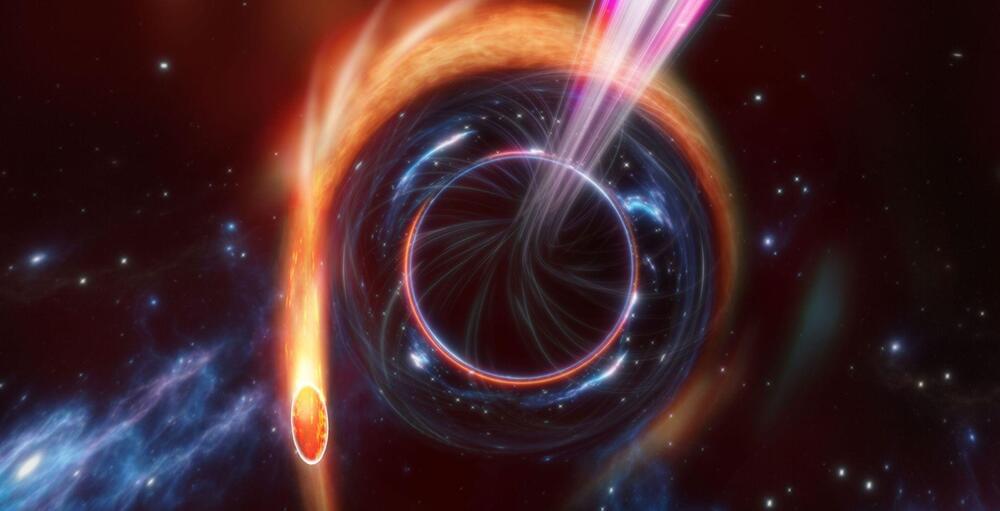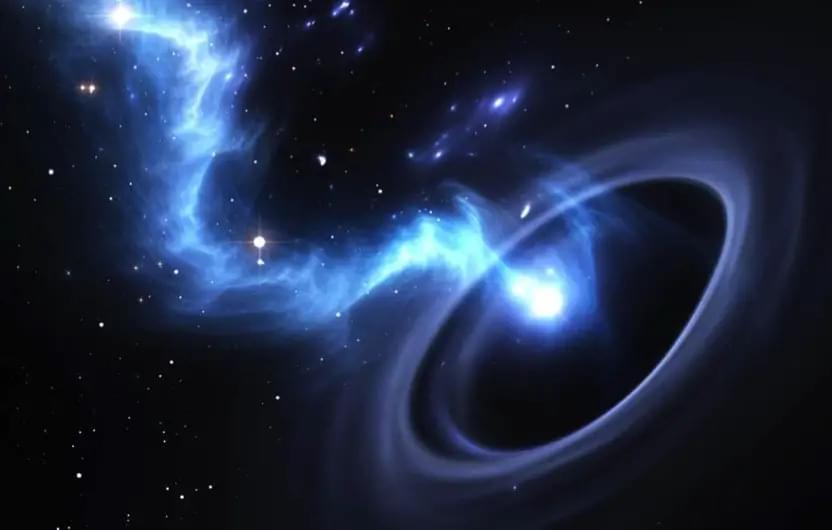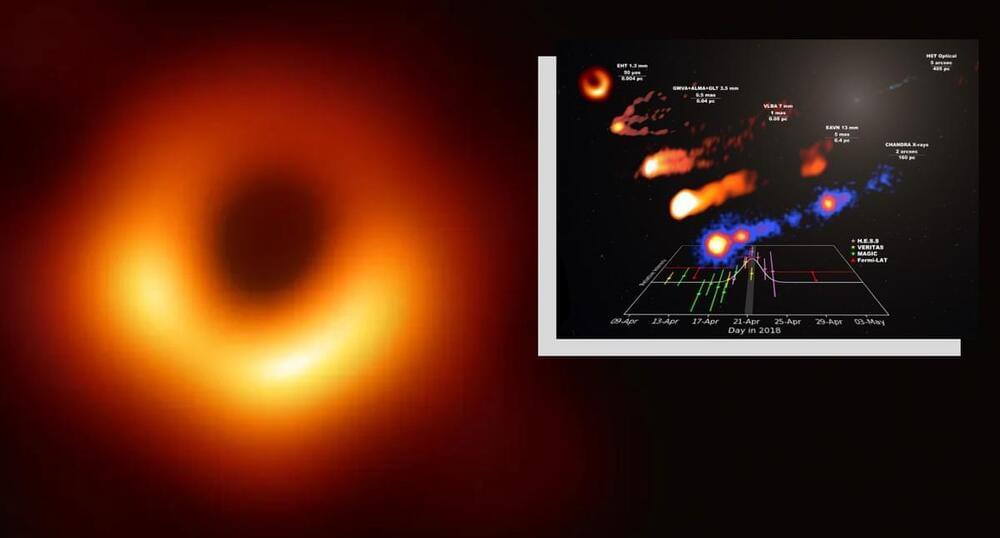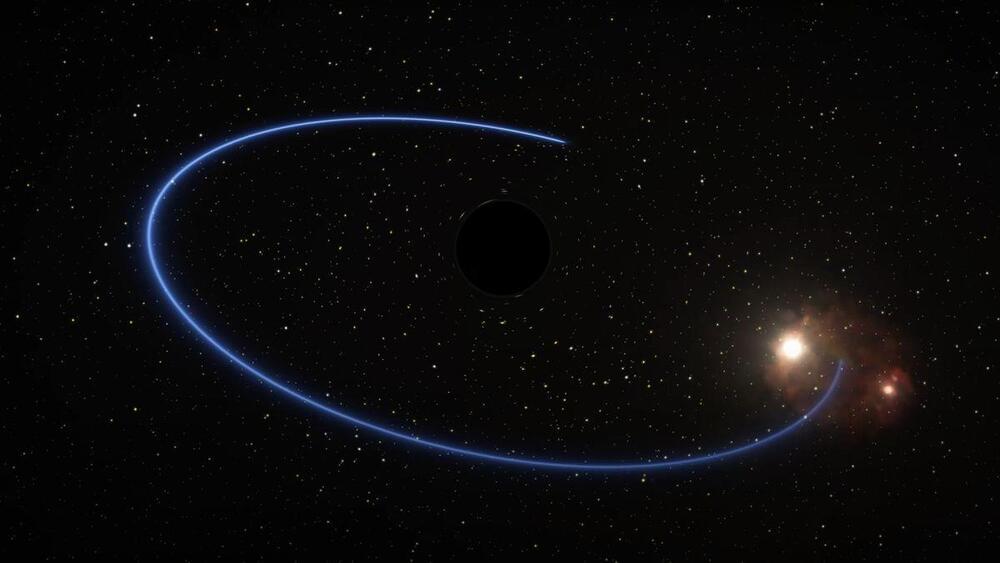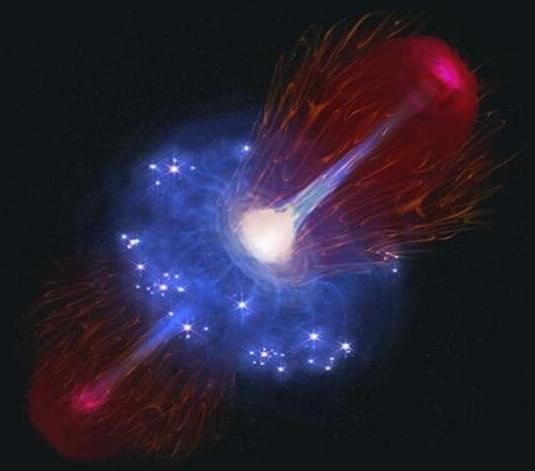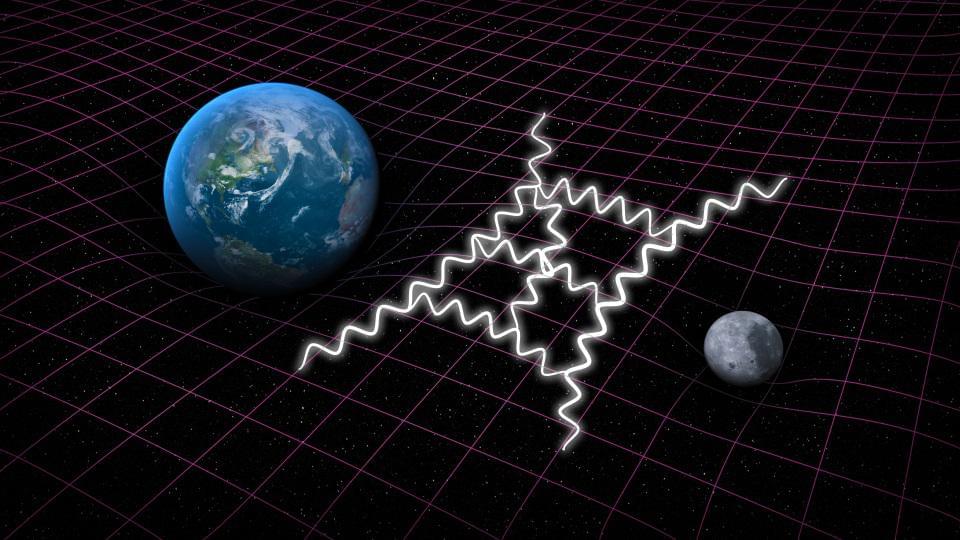Astronomers have discovered a new way to study black holes, the mysterious cosmic entities that destroy anything in their path. By observing X-ray bursts from a star being torn apart by a black hole, researchers calculated the black hole’s spin rate for the first time using X-rays. The black hole was found spinning at nearly 50 percent of the speed of light. This research, published in Science, opens new possibilities for understanding black holes’ behavior and evolution.
The discovery dates back to November 2014, when astronomers observed a supermassive black hole in a galaxy 300 million light years away. This black hole ripped apart a star that had ventured too close, an event known as a tidal disruption flare. The flare generated intense bursts of X-rays that were visible from Earth. Since black holes themselves don’t produce many X-rays, researchers saw an opportunity to study this flare closely.
